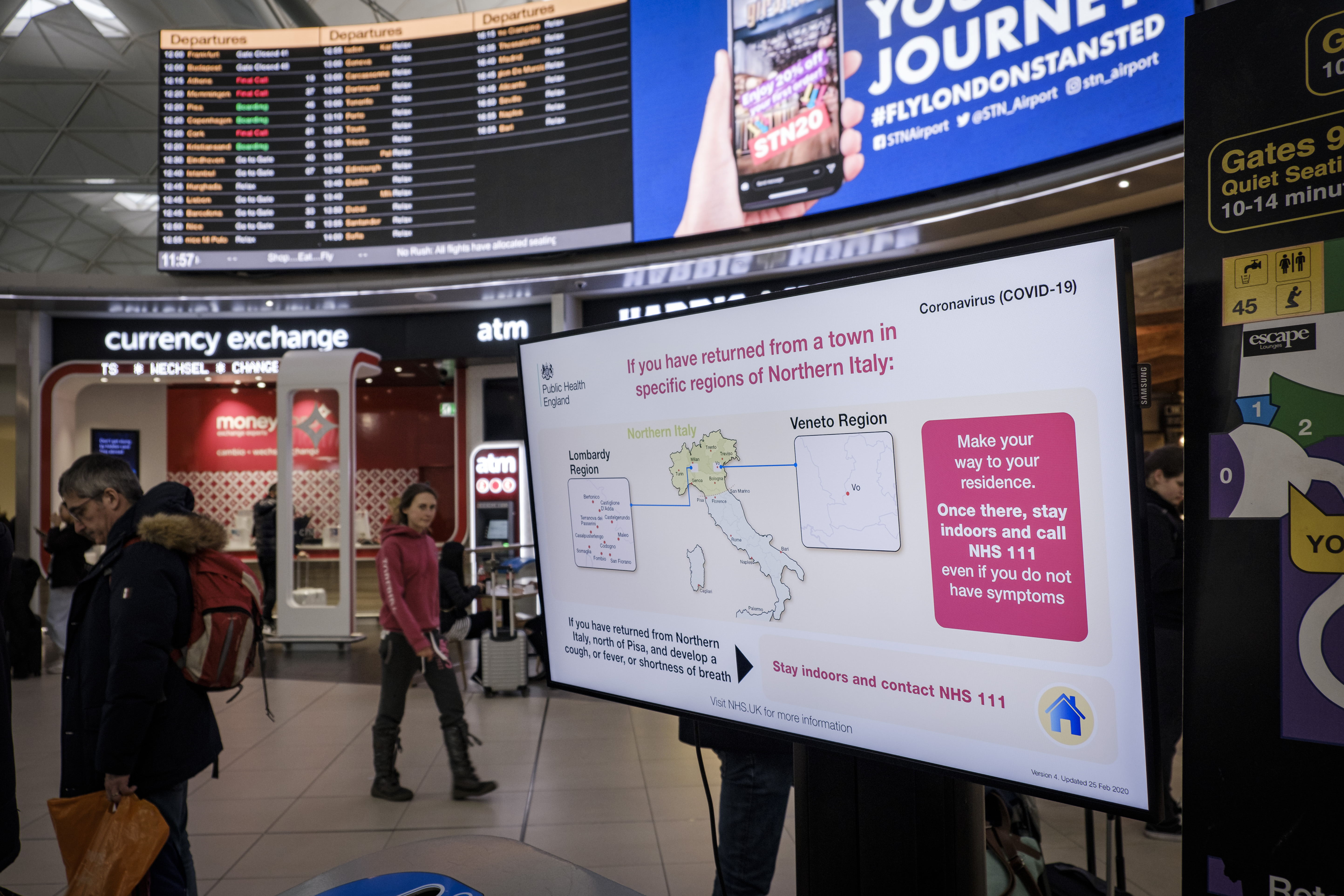Re-Harnessing the Signage Wave

Well, who could have seen that coming? Last year at this time, I wrote about the near certain growth for digital signage as the solution area exploded on the scene. I wrote about technology innovations and declining prices as driving forces behind the phenomenon. <Insert global pandemic here.>
[Download the Digital Signage Best Practices Guide]
Within a month of posting the article, the rug was pulled out from under digital signage as COVID-19 forced in-person activity—and thus the key markets—to a complete stand-still. Venues, hospitality, retail, and transportation were gouged. Large screen projects to support mass gatherings were delayed or canceled. Certainly not all, but definitely many.
According to AVIXA’s mid-year industry forecast update in 2020, the expected impact of the market declines was an 11 percent reduction in global spending on digital signage solutions. First to be hit by the pandemic and so first to recover, APAC was less impacted while Europe and North America fared worse.
In all honesty, with so much calamity in the verticals, one might look at an 11-point decline and wonder why it isn’t worse? In fact, when the forecast was prepared many of underlying assumptions leaned towards a more solid re-opening of economies towards the fourth quarter and thus a resumption of some projects. While somewhat true, the end result was not quite as robust as expected. Hence, the final analysis for signage will likely reveal declines that are several points worse, possibly as high as minus 20 percent.
Even then, reports from the marketplace suggest several things are helping to bolster digital signage during the downturn. The first is a need for more pervasive signs in smaller form throughout a facility—like an airport or corporate office—to convey health and safety guidelines. Some of these same installs also serve the dual purpose of symptom or traffic monitoring to prevent overcrowding or infected patrons from entering the venue. This is where signage meets another solution area within the pro AV sector: security, life safety, and surveillance.

In other cases, some signage installations continued as business turned to their outdoor spaces to engage customers. Stories abound of restaurants taking over parking lots to add al fresco dining options where guests can spread out. Others put up new outside ordering systems. And at larger venues, like stadiums, larger screens were sometimes used to keep tailgaters informed with match updates. In some cases, these larger installations could also offer a potential return to an old business model, the drive-in theater.
A daily selection of the top stories for AV integrators, resellers and consultants. Sign up below.
The underlying point of each of these is the innovation they represent. Pro AV providers and their customers have had to think of new and creative ways of engagement and revenue generation. Such innovation is apparent in even the downward revised industry numbers. It’s also partly what drives the recovery period and the forecasts for 2021, which AVIXA currently predicts is a 7 percent increase in global digital signage spending for the year. But I would submit this as well—innovation, in the end, is nearly impossible to predict. Recovery can be estimated through a look at prior results, but in a massively disruptive occurrence like a pandemic, in which behavior is fundamentally impacted, the degree to which technology changes in response and opens unforeseen opportunities, can only be approximated.
So, what does this mean to purveyors of signage solutions throughout the world? Like the story of content as a service from last year as a cutting-edge business model only just emerging, signage is changing yet again. Those who change along with it, offering new capabilities and skills as part of their business will be on the forefront of the recovery and expansion wave that are beginning now. I wish each of you success as you attempt to harness that wave.
Sean Wargo is a principal of Apogee Insight, a data, analytics, and insight company serving Pro AV and its adjacencies.

